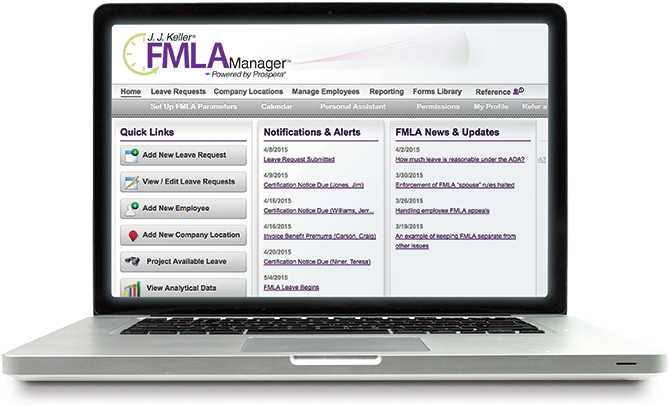FMLA Articles
Is paid family leave in your state?
Oregon’s legislature has passed a new paid family and medical leave insurance law, and when signed by the Governor, will make the state the eighth to pass such a law. Employers need to coordinate state leave provisions with those of the federal Family and Medical Leave Act (FMLA). If you’re wondering if you have employees in states with such laws, and how much leave employees may take, the following information is for you. California paid family leave: Up to six weeks of benefits in a 12-month period. Washington D.C. universal paid leave: Eight weeks for birth, adoption, foster, or legal assumption of parental responsibility; six weeks to care for a family member; two weeks for employee’s own condition. Massachusetts (leave begins 1/1/21): Up to 12 weeks per year to care for a family member, bond with a new child, or for a family military exigency; 20 weeks per year to deal with a personal medical issue; and up to 26 weeks per year for military caregiver. New Jersey family leave insurance: Up to six weeks of benefits to care for a newborn or newly adopted child, or to care for a family member with a serious health condition (this increases to 12 weeks as of 7/1/21). Up to six weeks or 56 days of intermittent leave. New York paid family leave: Employees may take up to 10 weeks of PFL (will increase to 12 weeks in 2021) to care for a family member, bond with a child after birth, adoption, or foster care; or for a family member’s qualifying military exigency. Oregon paid family leave: Employees may take 12 weeks of leave for new parents, to care for a family member, for the employee’s condition, or for victims of domestic violence, harassment, stalking, or sexual assault. Rhode Island temporary caregiver insurance: Employees may take up to four weeks of leave in any two calendar years for the birth, adoption, or foster placement of a child; or to care for a family member with a serious condition. Washington paid family and medical leave (1/1/2020): Employees may take leave for their own serious condition, to care for a family member with a serious condition, to bond with a newborn or newly placed child, or because of a family member’s qualifying military exigency. They may take 12 weeks of family OR medical leave; 14 weeks if the employee has a pregnancy-related condition; 16 weeks of combined family AND medical leave, or 18 weeks of combined leave if the employee has a pregnancy-related condition. Many other states have bills that would also provide for paid family leave. The federal FMLA currently provides for only unpaid leave. The issue has been part of the political conversation, and the U.S. President has indicated support for paid family leave. Until then, states are expected to continue passing laws governing paid leave. Stay tuned. This article was written by Darlene M. Clabault, SHRM-CP, PHR, CLMS, of J. J. Keller & Associates, Inc. The content of these news items, in whole or in part, MAY NOT be copied into any other uses without consulting the originator of the content.
You may also enjoy the following articles:

The J. J. Keller FMLA Manager service is your business resource for tracking employee leave and ensuring compliance with the latest Federal and State FMLA requirements.